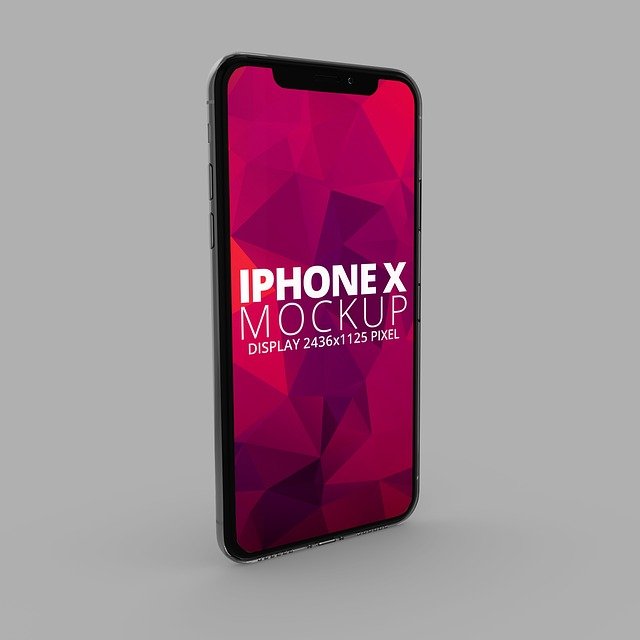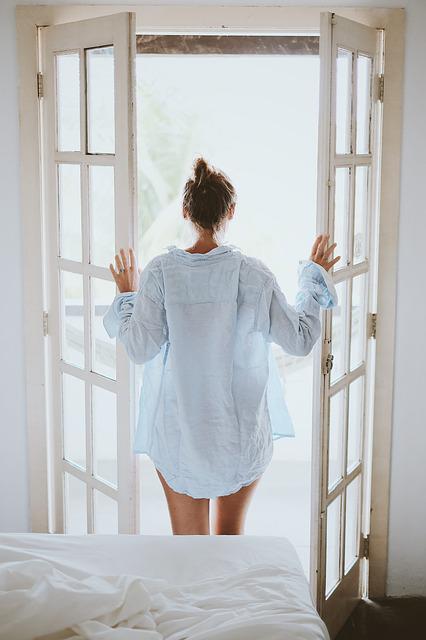The iPhone 13 is a minor upgrade to last year’s brilliant iPhone 12, with an improved camera, larger storage longer battery life and a small price cut.
Apple’s latest regular-sized smartphone costs £779 ($799 or A$1,349), which is £20 cheaper than its predecessor, and sits between the smaller £679 iPhone 13 mini and the £949 iPhone 13 Pro.
The phone has the same general design as its predecessor. Its flat aluminium sides and hardened glass front and back feel just as robust as last year. It is 12g heavier and ever so slightly thicker, but unless you compare them side by side that is not noticeable.
The Face ID notch at the top of the screen is 20% smaller but only displays the same battery, signal and time either side as its predecessor, making it a purely aesthetic change. Photograph: Samuel Gibbs/The Guardian
The screen is crisp, vibrant and a little brighter than last year’s model. It has a refresh rate of 60Hz, which was standard for iPhones but makes it less smooth when scrolling than most Android rivals and this year’s iPhone 13 Pro models with their 120Hz displays.
The iPhone 13 has Apple’s latest A15 Bionic processor, which is slightly faster all-round than last year’s A14 in the iPhone 12, and double the starting storage with 128GB, which will probably be enough for most people. It is one of the fastest phones you can buy.
Specifications
-
Screen: 6.1in Super Retina XDR (OLED) (460ppi)
-
Processor: Apple A15 Bionic
-
RAM: 4GB
-
Storage: 128, 256 or 512GB
-
Operating system: iOS 15
-
Camera: dual 12MP rear cameras with OIS, 12MP front-facing camera
-
Connectivity: 5G, wifi 6, NFC, Bluetooth 5, Lightning, ultra wideband and location
-
Water resistance: IP68 (6 metres for 30 mins)
-
Dimensions: 146.7mm x 71.5mm x 7.7mm
-
Weight: 174g
Longer battery life
The iPhone 13 takes 111 minutes to fully charge, hitting 50% in 25 minutes using the included Lightning cable and a 45W USB-C power adaptor. Photograph: Samuel Gibbs/The Guardian
Battery life is excellent. The phone lasts about 46 hours between charges with the screen used for about five hours in that time including 90 minutes browsing on 5G, which is longer than most similarly sized rivals and last year’s model. That means the phone can just about make it from the morning of day one until the morning of day three if you’re careful, but more likely it’ll need charging every other night.
Sustainability
The iPhone 13 contains more recycled material than previous devices and competitors. Photograph: Samuel Gibbs/The Guardian
Apple does not provide an expected lifespan for the iPhone 13’s battery but it can be replaced for £69. Batteries in similar devices typically maintain at least 80% of their original capacity after 500 full charge cycles. The smartphone is generally repairable, with an out-of-warranty service costing £426.44, which includes the screen. The previous iPhone 12 was awarded six out of 10 for repairability by the specialist site iFixit.
The iPhone 13 uses 98% recycled rare earth metals, 99% recycled tungsten and 35% recycled plastic in various components, plus 100% recycled tin in the solder of its main board and battery management unit. The company breaks down the phone’s environmental impact in its report.
Apple also offers trade-in and free recycling schemes, including for non-Apple products.
iOS 15
The iPhone 13 runs the same version of iOS 15 as other Apple smartphones including the iPhone 13 Pro (right). Photograph: Samuel Gibbs/The Guardian
The iPhone 13 ships with iOS 15, which runs on all of Apple’s smartphones from 2015’s iPhone 6S.
That includes various newly added features such as the faster, local voice interpretation for Siri, improved notifications and “focus modes” for removing distractions, plus an improved Safari browser design and FaceTime video calling with non-Apple users.
Apple provides software updates for its smartphones for longer than any other manufacturer. You an expect at least five years of software and security updates but potentially as long as seven years, so you can use the phone safely for longer.
Camera
The camera app is one of the easiest to use with new features such as photographic styles accessed via a swipe. Photograph: Samuel Gibbs/The Guardian
There are two improved 12-megapixel cameras on the back, one main and one ultrawide angle; there is no optical zoom.
Both cameras are bigger and let in more light than those on last year’s models, which is most noticeable on the main camera. Photos in good light are detailed, crisp and well balanced even in high contrast scenes. Low light performance is greatly improved, so you need the dedicated night mode far less often while producing sharper and better balanced images. The ultrawide is a little sharper and has better low light performance too, making it more usable indoors.
The new “photographic styles” feature for still shots is great, letting you choose the balance between contrast, vibrancy and tone. Previously Apple typically favoured a warmer look compared with rivals from Google and Samsung, which you can now change beyond simply applying filters.
The iPhone is still leagues ahead on video quality. New for this year is “cinematic mode”, which simulates “rack focus” where film-makers draw your attention to a person or object by switching focus to them when they look towards the camera and blurring the foreground and background. It’s a lot of fun to play with, but I can’t see myself shooting a film with it.
The 12MP selfie camera is the same as on previous iPhones and is starting to show its age. It shoots good, crisp and detailed images in bright light, but struggles a little in dimmer settings such as inside a pub often resulting in softer, blurrier images.
Observations
The camera lump protrudes a few millimetres further from the back of the phone than the previous model. Photograph: Samuel Gibbs/The Guardian
-
Call quality was excellent.
-
iPhone 12 cases do not fit the iPhone 13 because the side buttons are in a slightly different position.
Price
The iPhone 13 costs £779 ($799/A$1,349) with 128GB of storage, £879 ($899/A$1,519) for 256GB or £1,079 ($1,099/A$1,869) for 512GB.
For comparison, the iPhone 13 mini costs £679, the iPhone 13 Pro costs £949, the Samsung Galaxy S21+ costs £949, the OnePlus 9 costs £629 and the Galaxy Z Flip 3 costs £949.
Verdict
The iPhone 13 keeps everything that was great about the iPhone 12, cuts £20 off the price, doubles the starting storage and adds two meaningful upgrades: longer battery life and a better camera.
That makes it one of the best phones you can buy, particularly when you take into account that you can safely use it longer than any other smartphone with in excess of five years of software support provided by Apple, plus reasonable and accessible battery replacement options.
It is not perfect – it lacks a telephoto camera and the screen is slower than rivals. It is not worth the upgrade for anyone with a recent smartphone. But for those looking to replace a three or four-year-old phone, the iPhone 13 should be very near the top of your hitlist.
Pros: better cameras, water resistant, Face ID, longer battery life, great performance, great screen with smaller notch, durable and easy to hold, 5G, long software support.
Cons: no USB-C, need your own charger, no telephoto camera, screen slower than competition and 13 Pro.
The new larger camera modules are now placed diagonally opposed. Photograph: Samuel Gibbs/The Guardian



